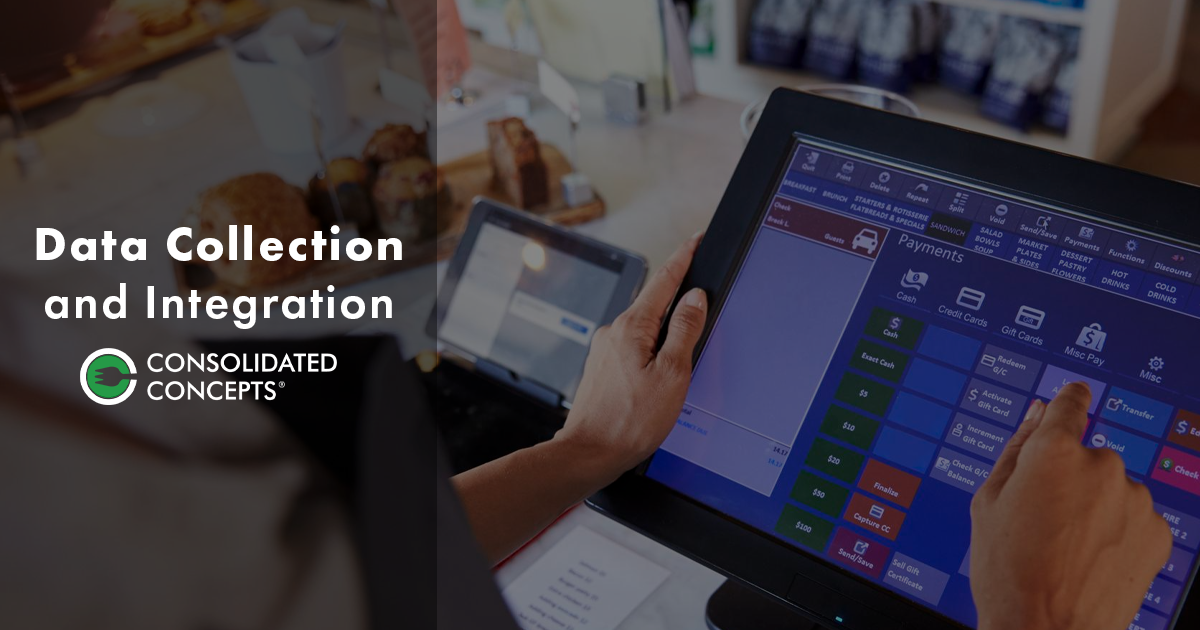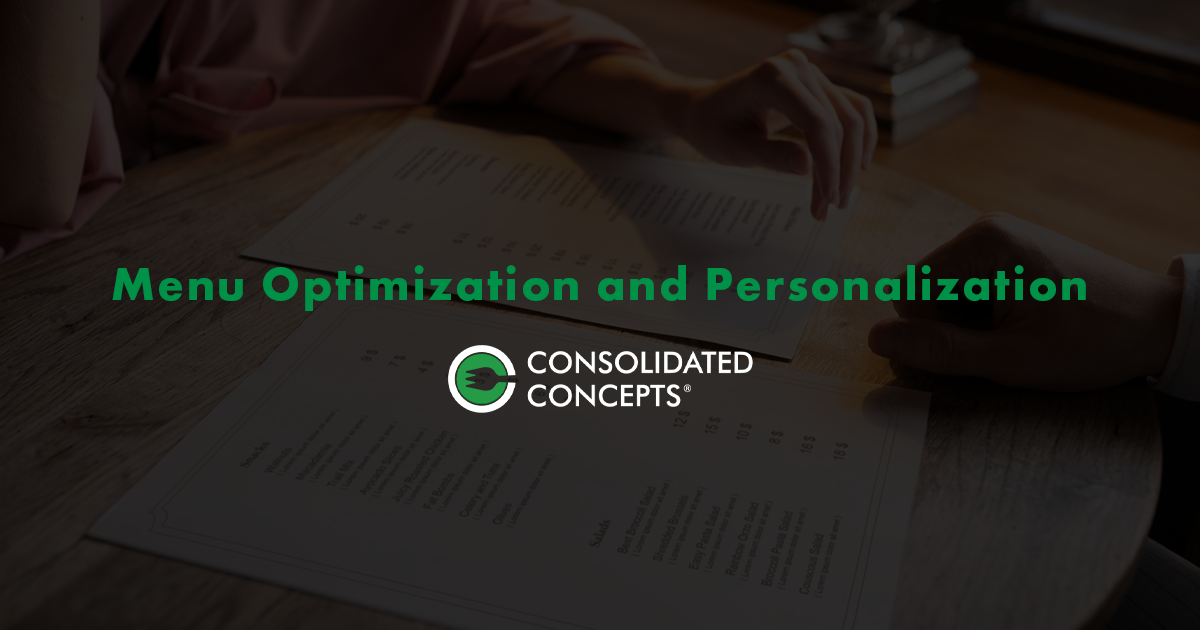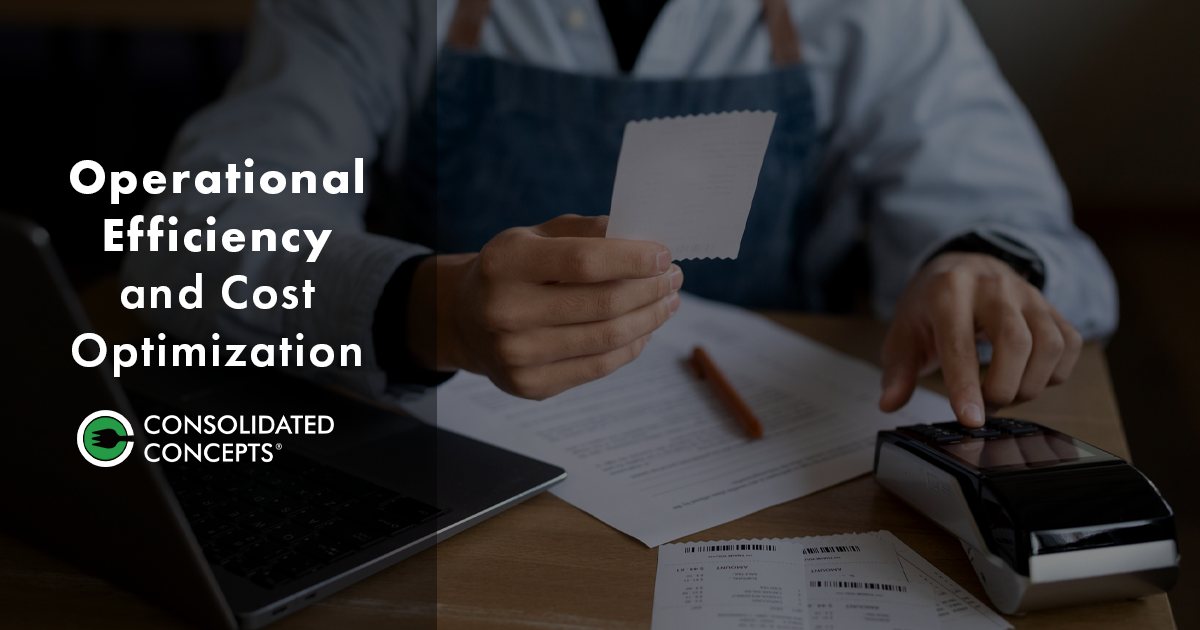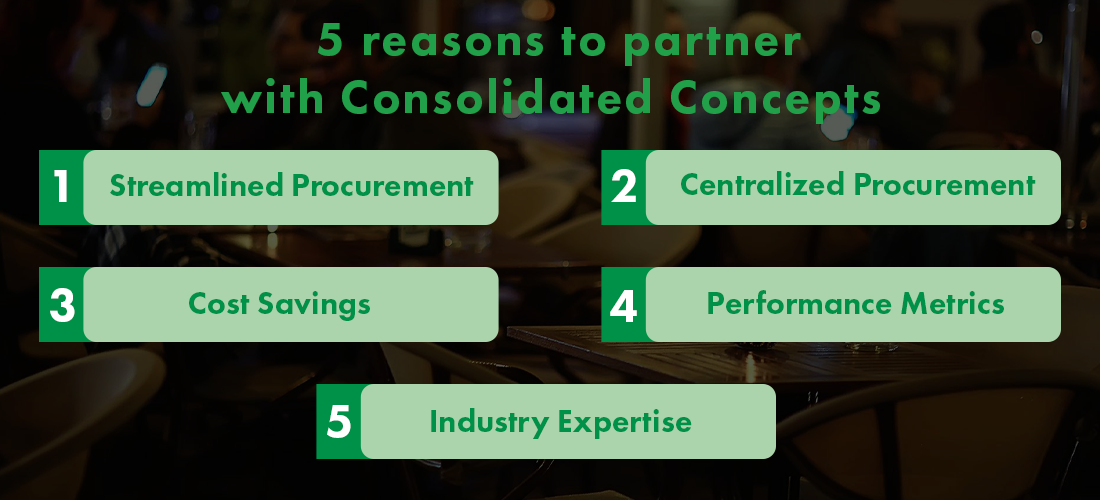Is Your Brand Too Stacked? Simplify Your Restaurant Tech
Keeping up with the latest technologies has become essential for restaurant success. Over the past few years, restaurants of all sizes have been investing heavily in various tech solutions to improve operations, enhance customer experiences, and gain a competitive edge. However, as the tech landscape evolves, many restaurants are now facing a dilemma: Is their brand too stacked with technology? In this blog, we will explore the challenges of managing a complex tech stack and discuss the growing trend of simplifying restaurant tech ecosystems.

The restaurant industry has witnessed a tech revolution, with a multitude of platforms and applications available to address different aspects of the business. From supply chain management technology to back office automation, the list of tech solutions can be overwhelming. Initially, adopting these technologies promised efficiency gains, improved customer service, and better data insights. However, as restaurants continue to add more tools to their tech stacks, they often encounter several challenges:
Management Complexity: Each new addition to the tech stack requires time and effort to integrate, maintain, and train staff. Managing multiple platforms can lead to inefficiencies and increased operational costs.
Data Fragmentation: Different systems may not communicate seamlessly, leading to fragmented data and hindering the ability to gain comprehensive insights into restaurant performance.
Financial Drain: Subscription fees, maintenance costs, and upgrades for each platform can quickly add up, impacting the bottom line.
Overwhelmed Staff: Staff members can become overwhelmed by the sheer number of systems they need to navigate, which can result in reduced productivity and job satisfaction.

In response to these challenges, a growing number of restaurants are reevaluating their tech stacks and opting for a more streamlined approach. This trend involves seeking “one-stop-shop” solutions that consolidate various functions into a single platform. The benefits of this approach are numerous:
- Simplified Management: With a unified platform, restaurants can reduce the complexity of their tech ecosystems, making it easier to manage and maintain.
- Data Integration: Consolidated systems enable seamless data integration, providing a holistic view of restaurant operations and customer interactions.
- Cost Savings: Eliminating redundant subscriptions and reducing the need for IT support can result in significant cost savings.
- Enhanced Efficiency: Staff can become more proficient as they work with a single, user-friendly platform, leading to improved operational efficiency.
- Scalability: Many one-stop shop solutions are designed to scale with the business, accommodating growth without the need for constant system upgrades and additions.

While the idea of simplifying your restaurant’s tech ecosystem may sound appealing, it’s essential to choose the right one-stop-shop solution. Consider the following factors:
- Compatibility: Ensure the chosen platform aligns with your specific restaurant needs, from front-of-house to back-of-house operations.
- Scalability: Look for a solution that can grow with your business and adapt to changing requirements.
- Expert Customer Support: Assess the quality of customer support and training offered by the platform provider.
- Cost Analysis: Conduct a thorough cost analysis to compare the expenses associated with your current tech stack against the proposed one-stop shop solution.

Partnering with Consolidated Concepts plays a crucial role in helping you simplify your tech stack across all your locations in several ways:
Cost Reduction
One of the primary advantages of working with Consolidated Concepts is the potential for cost savings. Through their collective purchasing power and negotiation capabilities, they can help franchisees secure better deals with suppliers. This cost reduction can free up financial resources that can be redirected towards streamlining the tech stack or investing in more critical areas of the business.
Streamlined Procurement
Consolidated Concepts offers a centralized procurement platform that simplifies the purchasing process. Multi-unit franchisees can access a wide range of products and services through a single platform, reducing the complexity of managing multiple procurement systems and processes.
Technology Solutions
Our technology solutions assist franchisees in identifying streamlined processes that integrate well with your procurement process. This integration can help franchisees streamline inventory management, menu optimization, and data analytics, reducing the need for multiple, disjointed tech tools.
Expert Guidance
At Consolidated Concepts, our industry experts understand the unique challenges faced by multi-unit franchisees. A team of foodservice experts provide valuable insights and recommendations on optimizing your tech stack. Our knowledge of the restaurant industry’s best practices can help franchisees make informed decisions about which technologies to implement and how to integrate them effectively.
Vendor Management
Beyond procurement, Consolidated Concepts can assist in vendor management. They can help franchisees assess the performance of their tech vendors and ensure they are meeting their needs. This includes evaluating contracts, service levels, and identifying opportunities for improvement or cost savings.
Scalability
As multi-unit franchisees expand, they need scalable solutions that can grow with their business. Consolidated Concepts can help identify tech solutions that are not only suitable for the current business size but can also adapt to accommodate future growth without causing tech stack complications.
By leveraging the resources and expertise of Consolidated Concepts, franchisees can focus on their core operations while optimizing their technology infrastructure for greater efficiency and profitability.
In a world where technology is constantly evolving, it’s crucial for restaurants to strike the right balance between innovation and complexity. While having a variety of tech tools can be beneficial, it’s equally important to avoid becoming overwhelmed by a stacked tech ecosystem. The trend towards simplifying restaurant tech ecosystems through one-stop shop solutions reflects the need for efficiency, cost-effectiveness, and streamlined operations. As you consider the future of your restaurant’s technology, remember that less can often be more, leading to a more sustainable and profitable business in the long run.
Become a member of Consolidated Concepts today by filling out the form below!














































